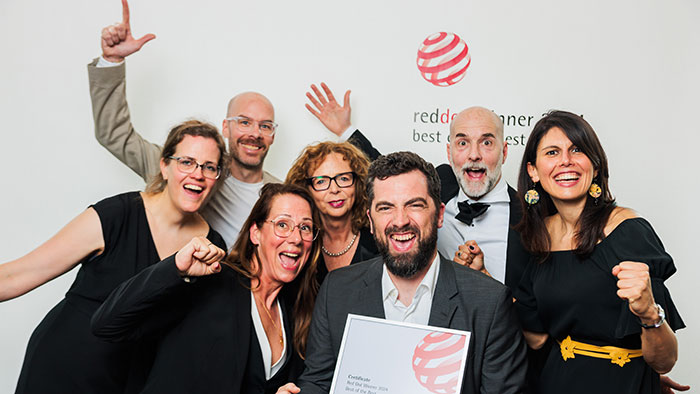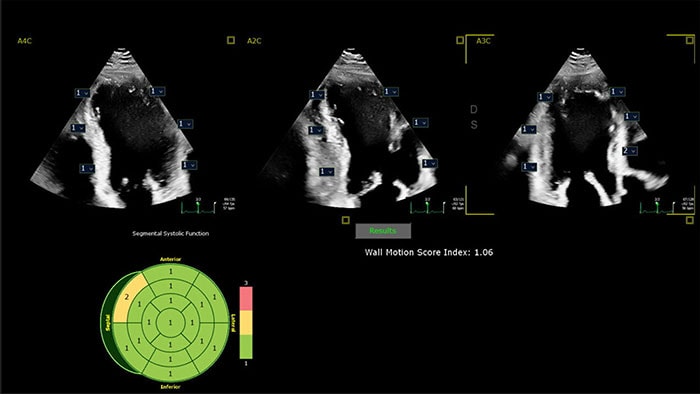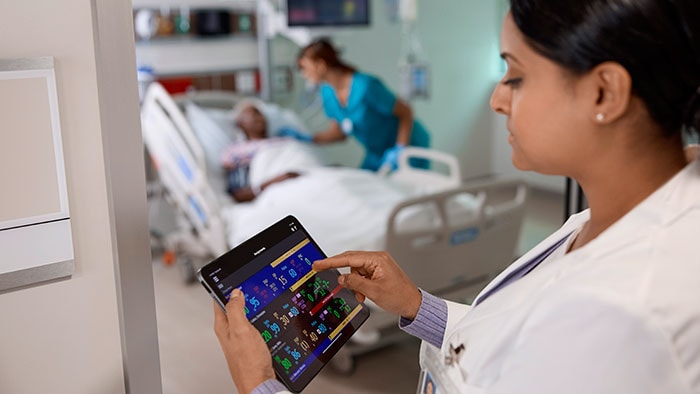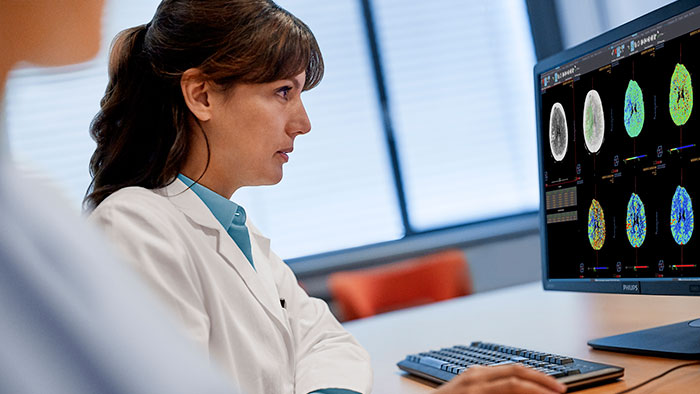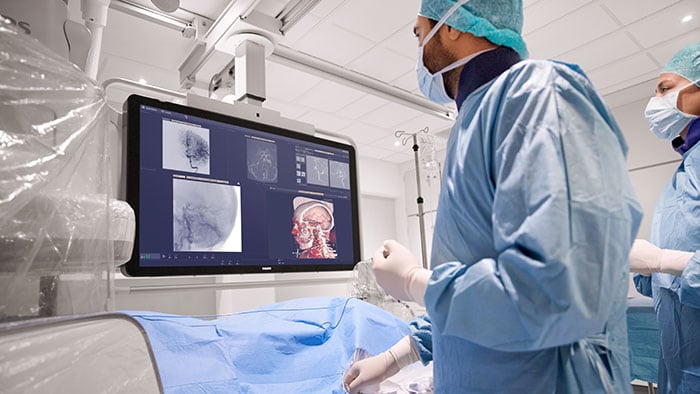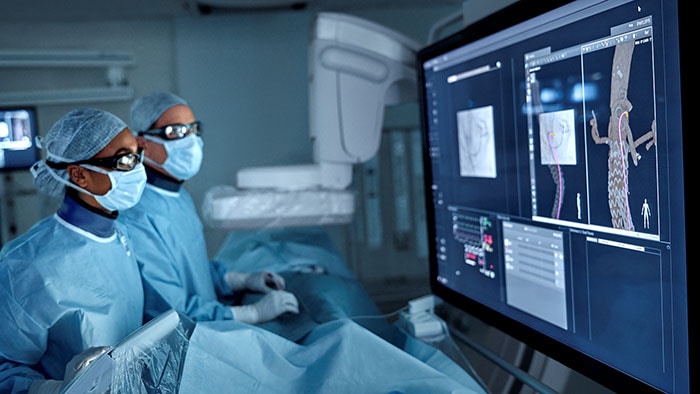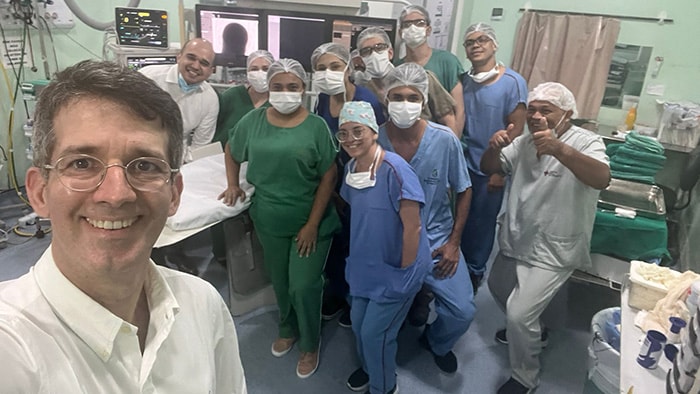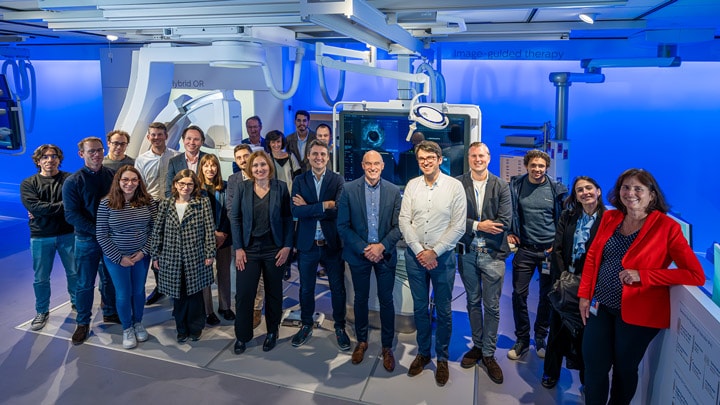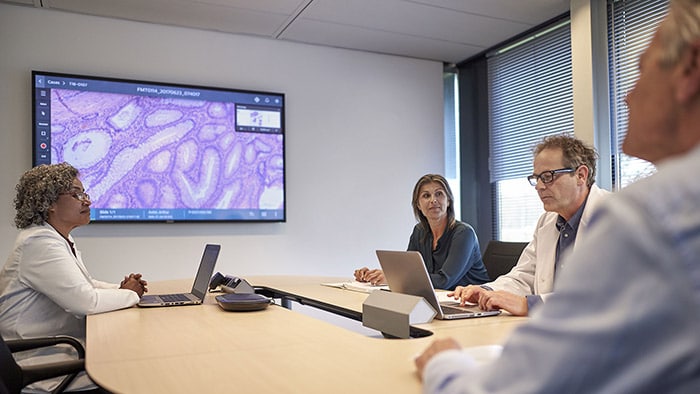In June 2022, under the leadership of Chief Design Officer Sean Carney, the Philips Experience Design team was awarded the honorary title of ‘Red Dot: Design Team of the Year 2022’ by the Red Dot design excellence organization. We asked Hyelin Lee, Product Designer and member of the Philips Experience Design team, who works on the company’s magnetic resonance imaging (MRI) scanners, what prompted her to join Philips and why delivering a superior user experience is at the center of everything she does.
How did you become a designer at Philips Experience Design?
From a very early age I wanted to be an artist, but eventually I started to think that if I only draw my dream on canvas, it will never become real. So, when I went to university, I decided to study industrial design, so I could draw an idea in my head and make it tangible. Then while studying in the USA, I met an architect mentor called JongJun Lee who said if you want to make a positive impact on people’s lives you needed to look to the wider world. After brief periods in design agencies in Sweden and Shanghai to gain experience, I applied to join Philips as part of their global team of designers, initially working on consumer products. Then four years ago, my mother was diagnosed with breast cancer, and when I went to the hospital with her for her MRI scan, I realized how uncomfortable it was for her and how long it took to do the scan. That’s when I decided to join the precision diagnostics Philips Experience Design team in the Netherlands to see if the MRI experience could be improved and help the increasing number of women suffering from breast cancer.
Through human-centered design we really get to understand the challenges that users face and what they need.
Hyelin Lee
Product Designer at Philips
What do you like about being a designer at Philips Experience Design? Firstly, we go into hospitals and interview the relevant stakeholders, such as radiology department technologists, radiologists, and patients, to understand their needs. We often also follow them in their daily work to identify what they struggle with. In most cases, they actually don’t want to have a completely new system, they just want to have incremental improvements. Then we bring all those insights into our studio, frame the challenges and opportunities, ideate solutions on paper, build a prototype, and invite them to test and evaluate the concepts. Directly involving these stakeholders in the useability testing is a win-win for them and Philips and helps us build a long-term relationship with them.
At Philips, a designer can grow as a human-centered ‘pi-shaped content designer’. This enables designers to be experts in both content and design. Through human-centered design we really get to understand the challenges that users face and what they need. This is complemented by in-depth knowledge of the business, clinical application, and technology. While we master the core design competences, we also have breadth in the form of multidisciplinary skills covering areas such as strategy, stakeholder management, and communication.
It allows us to combine the technology with genuine end-user insights to develop user-experience driven solutions. We don’t only work on MRI scanners, we also work in a cross-functional capacity. For example, we collaborate with teams in other areas such as CT imaging and image-guided therapy, not just in the Netherlands but with teams across the work to ensure consistency in the ‘look and feel’ of solutions across Philips’ entire portfolio. I think this global, multicultural, multidisciplinary team is one of Philips’ greatest strengths, and what I like about my job is I can make the bridges between these different competencies and cultures stronger. Philips really allows me to grow professionally.
How do you involve customers, patients, and healthcare providers in the design process?
How can the Philips Experience Design team support solving complex problems?
Healthcare is very complex, and it is very challenging to design a solution that suits everyone. From the technology perspective, everything also has to be forward and backward compatible, and just as importantly, sustainable. Armed with insights from the end-users we can simplify complex problems into compelling design solutions and bring them to the table for open discussion about how we move forward. It’s also important that we understand the latest trends, customer needs, and market dynamics so that we can create the right messaging around them.
We impose a ‘circular ready’ requirement complete with an agreed set of KPIs so that sustainability is embedded in every design project.
Hyelin Lee
Product Designer at Philips
Sustainability is a big topic nowadays. How do you integrate sustainability into your work as a designer? What makes Philips MR 5300 unique is that we truly focused on the patient and staff experience while expressing innovative design. The MR 5300 introduced an integral solution combining a new series of anterior coils and a new patient mattress, interface box, and upgraded software. The solution enables a fast and easy workflow focused on simplifying the patient setup through interactive on-screen coil guidance, flexible and lightweight coils, and a unique cable management system. Firstly, we elevated the user interface to a more intuitive design that guides the user to set up the coils effortlessly and efficiently. Secondly, the new coils are flexible, lightweight and multipurpose. Rather than the patient needing to adapt to the coils, the coils adapt to the patient. Finally, the new mattress improves patient setup, comfort, and cable management by providing a space to channel the cables and isolate them from patient’s body. During usability testing, we demonstrated that our coils were 75% lighter than equivalent coils, and that the change-over time for patient setup during routine exams was 30% shorter. And from a sustainability point of view, we made a really big game-changer, because the MR 5300 only uses 7 liters of helium instead of thousands of liters, which also makes it smaller, lighter, and easier to install in a hospital. I was part of the research project developing the breast coils for the scanner, which because of my mother’s experience of breast cancer was very rewarding. We started from the user perspective and crafted new comfort foams and details using appropriate materials to meet their needs. Whenever I design something, I try to imagine I am the person who will use it – so how well would the design fit if I was the patient. We have a test bay in the design center in Best, where the MR scanners are set up exactly as they would be in a hospital, which means I could lie down and test my breast coil concept to see how it feels.
I’m not only a volunteer sustainability ambassador for the precision diagnostics design team, but an important part of my job is ensuring that the design process encompasses the full life-cycle of the target solution. We carefully select the materials we use, and when we choose a supplier, we ask questions such as can they make it from recycled materials, and how easily can the parts be assembled and disassembled so they are easy to repair or recycle. We also focus on modular designs, enabling us to create platforms rather than one-off designs. We impose a ‘circular ready’ requirement complete with an agreed set of KPIs so that sustainability is embedded in every design project.
You worked on the design of Philips’ award-winning MR 5300 scanner. What makes it unique?
You also did important research and design on the breast coils for the scanner to improve the experience for both patients and staff. What did you do?
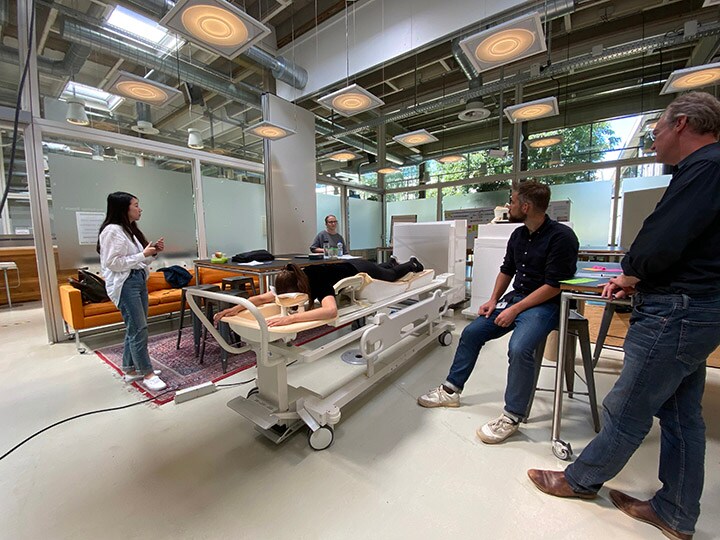
Product designer Hyelin Lee at work at Philips
What would you say is your overall philosophy when it comes to improving people’s lives?
In Korea we have a saying ‘Go Jin Gam Rae’, which means ‘sweet after bitter’ or ‘pleasure follows pain’. It means you have to be patient until you achieve what you really want. Every day I have something important and challenging to do and something urgent, but I always try to prioritize long-term goals rather than immediate urgency. I also think that design is not just about creating beauty. Its real impact is in its useability and end-user value. I think you have to be very open-minded to appreciate more than just making beautiful products. Yes, it’s very nice to have a beautiful portfolio but what does it mean, what is the value to the user, what will users think about your design. Have you tested it with them? It’s the thinking behind the design and how meaningful it is that really matters.
For more information on Philips Experience Design, click here.
Share on social media
Topics
Contact
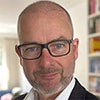
Joost Maltha
Philips Global Press Office Tel: +31 6 10 55 8116
You are about to visit a Philips global content page
Continue


